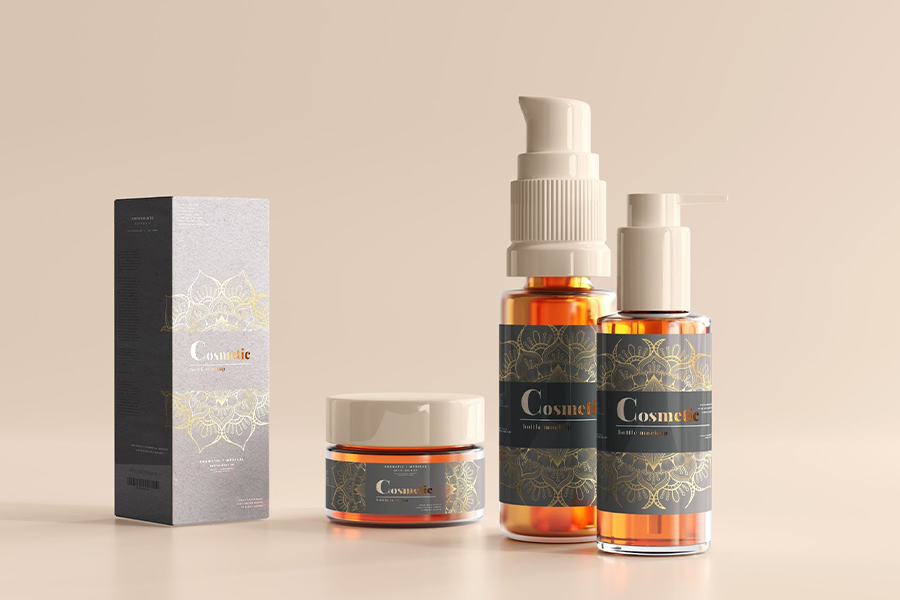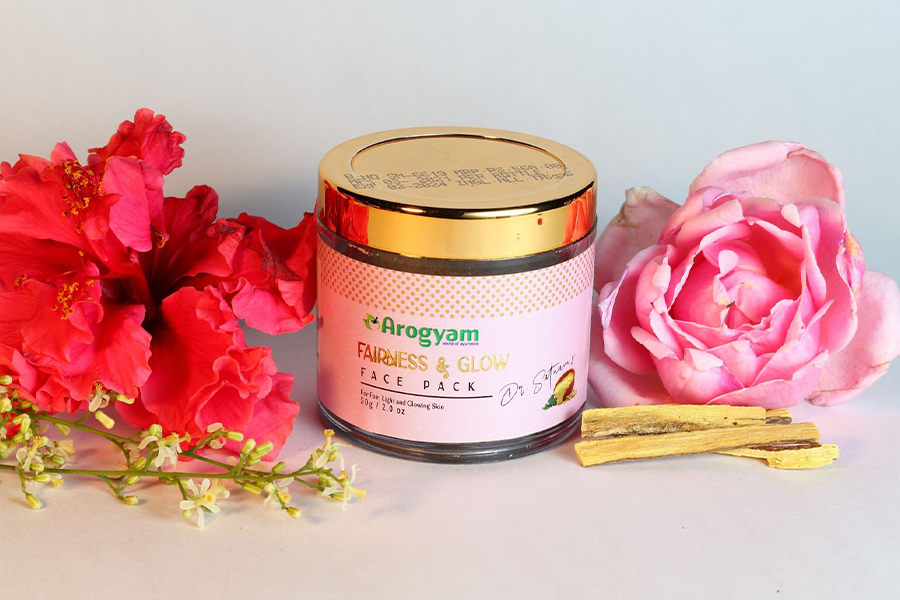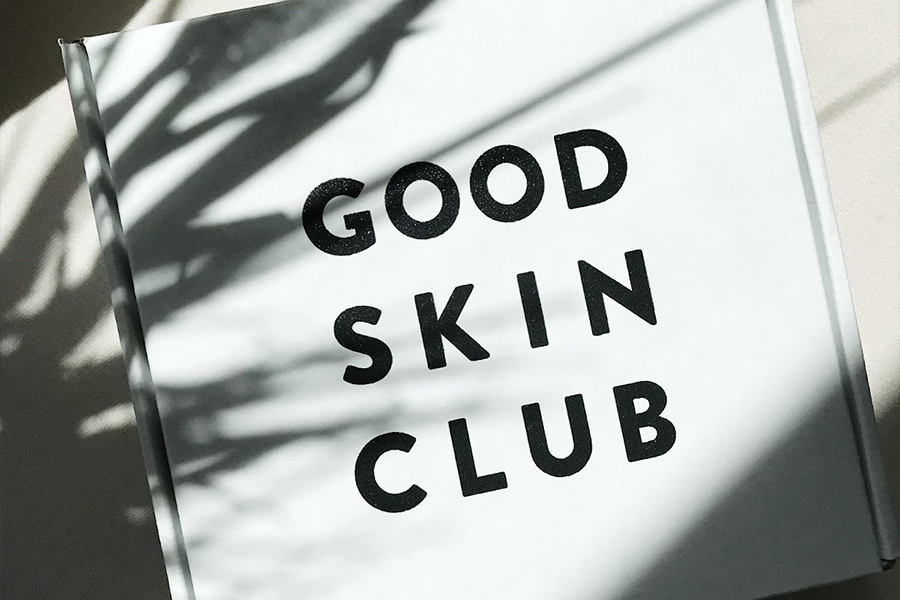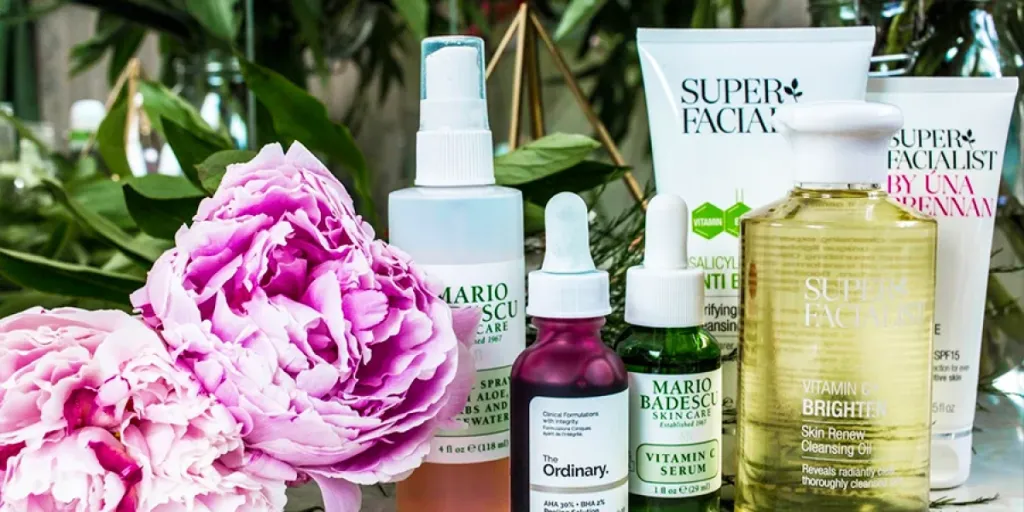Skin care beauty products are moving well in large volumes in today’s market. With many influencers showcasing different skin care products on YouTube, people are up to date with the latest skincare and beauty trends. Nonetheless, to protect brand integrity and quality of skin care products, a high-end packaging strategy has to be followed.
This article will cover the importance of packaging for skin care products and go over different packaging materials and label trends for skin care products.
Table of contents:
Why do skin care products need a packaging strategy?
Types of packaging materials for skin care products
What is the future trend of skin care packaging?
Why do skin care products need a packaging strategy?
The global skin care market is booming. By 2025, it is estimated to have a market size of around USD 189.3 billion. Nowadays, consumers are being more conscious of their skin and are using skin care products at an increasingly young age. As a result, younger consumers raise the demand for these products and wholesalers will require adequate packaging material to support their bulk production. Here are 3 important reasons why packaging is crucial for skin care products:
Ability to withstand inside contents
Many skin care products hold acidic or fruit extract contents inside. Sometimes, these contents can corrode metal-based containers if not coated properly. On the other hand, there are creams or gels that require a flexible material to help squeeze the contents out for convenience. Hence, it is essential to choose the right packaging material for specific skin care product contents.
Resistance to external conditions
External factors can affect the skin care products too. For example, essential oils are highly sensitive to light. Thus, they require non-translucent packaging to block the light. Additionally, labels have to be resistant to external factors so that they do not peel off due to moisture and oil, or lose color due to acidic contents.
Maintenance of brand image
Skin care packaging exhibits the company’s brand image. The label itself tells consumers about its quality and what they stand for. Using a consistent design and attractive style of packaging establishes a brand image in the consumer’s minds. Moreover, consumers are more aware that contents like BPA are not something they want present in their products. Hence, wholesalers use BPA-free plastics to package skin care products.
Types of packaging materials for skin care products
Polyethylene terephthalate (PET) and polypropylene plastic (PP)
Polyester or PET cosmetic containers are easily customizable and can come in different colors. Their structures range from rigid to semi-rigid, making them a popular choice for squeezable tubes.
PET is best for holding high-acidic and oil contents as it acts as a barrier to these substances, avoiding deterioration and still maintaining its fine shape. Additionally, PET adhesive label stickers act as a durable label option for skin care products, withstanding moisture and oil substances.

On the other hand, polypropylene plastics are more rigid. They are recyclable and BPA-free, making them an eco-friendly choice for packaging skin care products. Moreover, PP are cost-effective alternatives for labels. They are durable, stretchable, and resistant to oil, greases, and moisture.
Glass
Glass is recyclable, making it a good eco-friendly option. In addition, it makes the packaging look elegant with its clear and frosted look. Glass jars and dropper bottles are fine choices for holding serum, essential oils, etc.

However, glass packaging is more expensive to ship and is breakable. Hence, it is advisable to not have breakable glass jars for shower gels or cream that would be placed in a bathroom.
Metal
Metal-based cosmetic containers require special coating in advance to avoid corrosion against essential oils or acidic contents. However, metal can give a great look when packaged right. Its unique feature is that it can be used as a coating on plastic-based skin care product bottles.

High density polyethylene (HDPE)
High density polyethylene (HDPE) is a fine choice to hold high-acidic and alcohol-based skin care products. It is strong, durable, and one of the simplest plastics to recycle.
Additionally, it can come in translucent and opaque forms depending on the manufacturer’s choice. However, HDPE is not suitable to hold essential oils as it can come in contact with the plastic and eat it away.
Paper box
To add the finishing touches, cosmetic boxes are the ideal packaging style to ship beauty products from one place to another. Since skin care products are delicate to hold, paper boxes facilitate efficient shipping.

They are eco-friendly and biodegradable, making them suitable for the environment. Moreover, they are highly customizable and affordable, making paper a reliable packaging material.
What is the future trend of skin care packaging?
Currently, the above trends are dominating the skin care packaging industry. However, with the rising demand for skin care products and dynamic market trends, we can expect trends to evolve faster than ever before.
Skin care products are widely popular among female consumers—especially the younger audience. But the rise of environmental awareness among consumers can mean more eco-friendly packaging using biodegradable and recyclable materials.
Nonetheless, it is a great time for businesses to ensure they support bulk production with sufficient packaging materials in stock to keep supplying customers with their skin care products.




